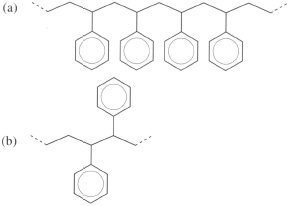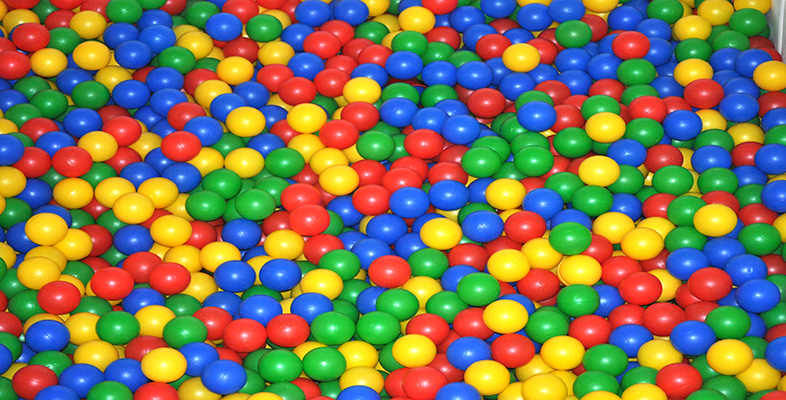2.3.5 Repeat unit placement
A final kind of isomerism in homopolymers is possible when monomer units are added to a growing chain in reverse rather than in their normal position. Because monomer molecules have a particular shape in space, they will normally approach a growing chain end to minimise any spatial interaction, and a regular chain structure results from head-to-tail joints. A defective joint can sometimes occur, however, when heads combine to form a head-to-head joint (Figure 21). Although the chain units are fully chemically bonded together, it represents a weak link in the chain because less energy is needed to break the chain here than elsewhere. So in failure problems, such as thermal degradation, breakage will start here rather than in the normal chain. The occurrence of head-to-head joints is less than 1 per cent in normal polymers.

